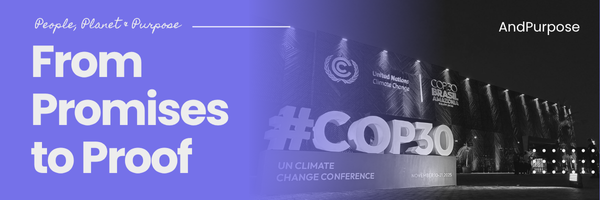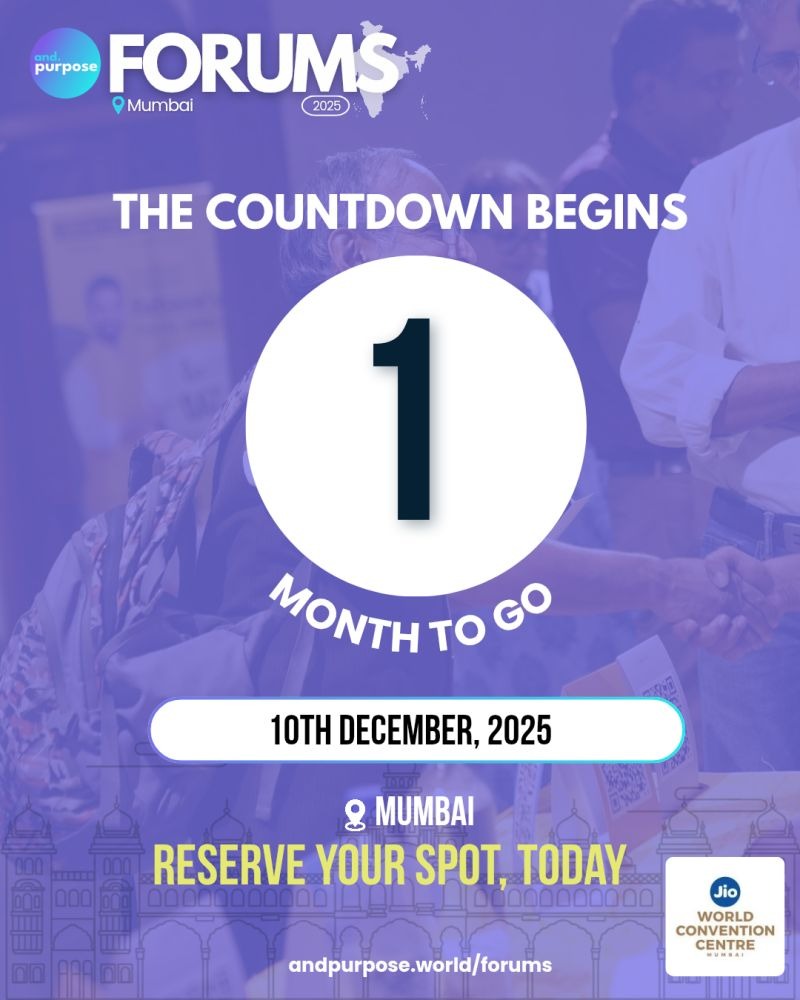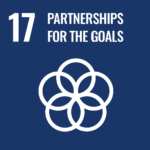For nearly three decades, the world’s nations have gathered under one roof to negotiate the planet’s future. From the optimism of Rio 1992, which gave birth to the UN Framework Convention on Climate Change, to the legally binding Kyoto Protocol (1997) and the historic Paris Agreement (2015), every summit has carried a single promise to balance growth with responsibility and ambition with accountability.
 Now, as the world prepares for COP30 in Belém, Brazil, the story enters a new chapter. What began as a conference of commitments is now a test of credibility.
Now, as the world prepares for COP30 in Belém, Brazil, the story enters a new chapter. What began as a conference of commitments is now a test of credibility.
According to the International Energy Agency, global energy-related CO₂ emissions reached 37.4 billion tonnes in 2023, a record high that underscores how far the world remains from its net zero trajectory (IEA, 2024). Meanwhile, global economic losses from weather and climate disasters totaled USD 380 billion in 2023, the fourth-costliest year on record (Aon Climate & Catastrophe Insight Report, 2024).
With global average temperatures now 1.55°C above pre-industrial levels (± 0.13°C) (WMO, 2025), and the 1.5°C threshold already being temporarily breached, COP30 is more than another milestone; it is the moment when promises must become proof, and when climate action will be judged not by what is said, but by what is sustained.
Hosting COP30 conversation in Belém brings the conversation back to the planet’s lungs. Belem is the gateway to the Amazon rainforest, which is estimated to store in the order of 150-200 billion tonnes of carbon; this is both a symbolic and strategic choice.
🤔 Why Now?
Three decades after the first climate convention, the world has entered the decisive decade of delivery. COP30 arrives at a time when ambition alone no longer moves the needle; implementation, finance, and fairness do. At the heart of Belém’s agenda lies a structural test: can global climate governance evolve from fragmented pledges to an integrated system that funds, tracks, and verifies change?
The UNEP Emissions Gap Report (2025) shows that even if all current national pledges are fully implemented, the world remains on course for 2.3-2.5°C of warming by 2100, far beyond the 1.5°C limit. Meanwhile, the UNEP Adaptation Gap Report (2025) estimates that developing countries will need about US $310 billion annually through 2035 to protect communities from heat, floods, and storms, nearly twelve times current adaptation finance levels.
At COP29, countries agreed on a new climax: a collective quantified goal of at least US$300 billion per year by 2035, with an aspirational ambition of US$1.3 trillion per year to mobilize resources for developing nations.
COP30 will test whether those commitments can move from paper to proof and from pledges to people on the ground when credibility becomes the actual currency of climate action.
What Will Define COP30 ♻️
Belém will be less about new promises and more about proof of delivery.
Finance: With climate funding targets now established, the focus shifts to execution. Negotiators will determine who tracks, who benefits, and how equity is built into disbursement. The post 2025 finance framework must prove that capital can move from high-level pledges to local adaptation outcomes (UNFCCC, 2024). Delegates must also agree on a practical roadmap to track adaptation outcomes, since adaptation lacks a single global metric and social inequalities amplify vulnerability.
Markets: COP30 will finalize Article 6 rules to restore confidence in carbon trading. In 2024, the voluntary carbon market’s value fell by 29 percent to USD 535 million, reflecting investor caution over credit integrity (CSO Futures, 2024). Belém’s decisions on transparency and registry standards could turn this correction into a reset, aligning private finance with verified impact.
Trust: Geopolitics will shape tone as much as text. Brazil’s dual role as Amazon guardian and oil producer, along with uneven delivery of past climate-finance pledges, will test multilateral faith. For many nations, COP30 is not just a negotiation; it’s a referendum on whether cooperation can still outpace crisis.
💡India’s Role & The Road Ahead

India arrives in Belém as both a negotiator and an implementer, updating its national commitments to accelerate clean growth while advancing the LiFE (Lifestyle for Environment) movement to drive behavior change from households to cities.
The government’s updated NDCs reaffirm a 45 percent reduction in emissions intensity and a 50 percent share of non-fossil electricity capacity by 2030, reflecting a blend of ambition and development sensitivity (Press Information Bureau, 2024).
On the ground, India’s energy transition is tangible.
Total installed renewable capacity reached about 220 GW by March 2025, with non-fossil sources now comprising roughly half of total installed capacity, a milestone that underscores rapid deployment across solar, wind, and hydro (PIB, 2025).
The Delhi Declaration positions cities as central to climate delivery, strengthening multilevel coordination and community participation. Its focus on locally led action, inclusive governance, and equitable resilience aligns with the LiFE agenda’s emphasis on climate-conscious choices and shared responsibility at the household and neighborhood level (PIB 2024).
Yet, the challenge for India remains pivotal to strengthen climate resilience while addressing immediate environmental risks. This means refining current frameworks and focusing on real time climate hazards that threaten lives and livelihoods at present.
With its scale, potential to revive, institutional depth, and growing green capacity, India is positioned to lead by demonstration, showing how conviction and execution can turn vulnerability into opportunity.
Bottom line: India’s leadership at COP30 lies in translating domestic momentum, policy, capacity, and citizen engagement into a blueprint for a just, scalable, and people-centered global transition.
🚨Hottest Grants this Week
💰AndPurpose Grants

The ACA Research Grant Program(Canada) supports high-quality research advancing conservation in Alberta. Priorities for 2026–2027 include endangered species recovery, invasive species management, wetland restoration, carbon sequestration, and wildlife monitoring innovations. Grants average CAD 25,400, with up to CAD 40,000 available for justified proposals. Eligible applicants include qualified researchers and institutions conducting Alberta based conservation studies.
Deadline: 1 December 2025
 The World Food Programme (WFP) has launched the Food and Nutritional Assistance Program in Chad’s Wadi Fira Region to aid crisis-affected communities. Using a vulnerability-based approach, it provides tailored food or cash support, nutrition aid for children and mothers, and education on health practices. The program also promotes livelihood recovery and resilience.
The World Food Programme (WFP) has launched the Food and Nutritional Assistance Program in Chad’s Wadi Fira Region to aid crisis-affected communities. Using a vulnerability-based approach, it provides tailored food or cash support, nutrition aid for children and mothers, and education on health practices. The program also promotes livelihood recovery and resilience.
Deadline: 25 November 2025
➡️Join the Conversation | AndPurpose
Forum 2025 Mumbai
As the world looks to Belém for climate leadership, Mumbai is where India’s next wave of solutions will take shape.
The AndPurpose Forum 2025, happening on 10 December 2025 at the Jio World Convention Centre, will bring together innovators, investors, policymakers, and creators working to turn global climate goals into on-the ground impact.
The forum will spotlight how finance, circular design, and community driven innovation can accelerate India’s transition toward a regenerative, low-carbon economy.
Expect deep dives into green capital flows, sustainable textiles, and urban adaptation, alongside the Social Innovation Exhibit (SIE) and purpose-led networking sessions.
🎟 Tickets are live -reserve your seat today
Get 10% off on your ticket with code IAMCHANGE before seats fill up.
Because the real measure of climate progress isn’t set in negotiation rooms, it’s built through collaboration.
Purpose-led innovation is reshaping how industries create, collaborate, and contribute to change. Be part of the conversation at the AndPurpose Forum 2025, Mumbai, where circularity, creativity, and impact come together. Engage with leaders, entrepreneurs, and creators who are designing solutions for a more regenerative world.
From the Social Innovation Exhibit (SIE) to impact partnerships and sponsorships, discover opportunities to connect, co-create, and catalyze the next wave of sustainable growth.
💭What next ?
As negotiations move from Belém’s conference halls to national action plans, the focus will shift from targets to transparency.
COP30’s real legacy will depend on how quickly countries integrate new finance mechanisms, adaptation metrics, and equity frameworks into their domestic policies.
For India and the Global South, the months ahead will be about translating commitments into climate budgets, local projects, and measurable community outcomes.
The success of the New Collective Quantified Goal and Article 6 rules will rest on whether they unlock financing for cities, farmers, and ecosystems, not just institutions. The next phase of climate action demands collaboration that is both global in scope and local in delivery.
Because closing the gap between promise and proof will define not only the decade’s climate story but also the credibility of every nation’s purpose.
With Love & Purpose
Team AndPurpose






